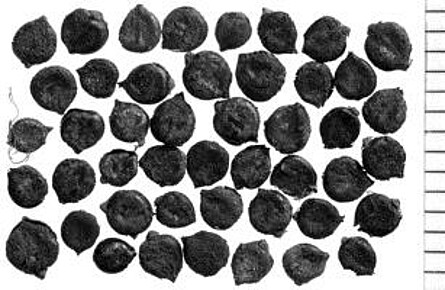Gathered Wild Herbs as Prehistoric Foodstuff
A significant find of gathered curlytop knotweed, Polygonum lapathifolium, from an early medieval Wurt mound near Bremen-Seehausen was analysed. Together with this find other large, pure finds of wild herbs from Central Europe were assessed as to whether they were gathered plants and thus used as Prehistoric foodstuffs. At the same time, starting with the recent study of the gut content of the Pre-Roman Iron Age bog body of the Boy from Kayhausen, a database was created of the results of all investigations of stomach- and gut contents of European bog bodies with regards to the consumption of wild plants. From these two unrelated strands of inquiry it was possible to identify a total of six species of wild plants, predominantly weeds, which were frequently used as Prehistoric food plants.
Bibliography
Behre, K.-E. (1999) Die letzte Mahlzeit des 'Jungen von Kayhausen': Eine Untersuchung der Speisereste aus dem Darmtrakt. Schriftenreihe Staatl. Mus. Naturkde u. Vorgesch. Oldenburg, Beiheft 10, 1: 76-78.
Behre, K.-E. (2008) Collected seeds and fruits from herbs as prehistoric food. Vegetation History and Archaeobotany 17: 65-73.

